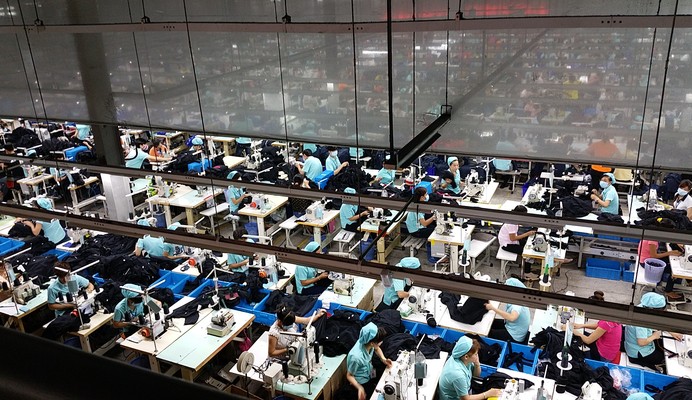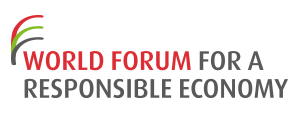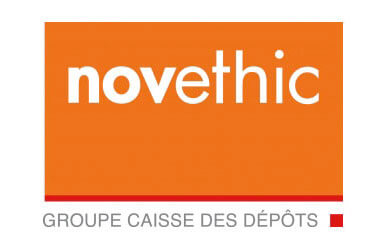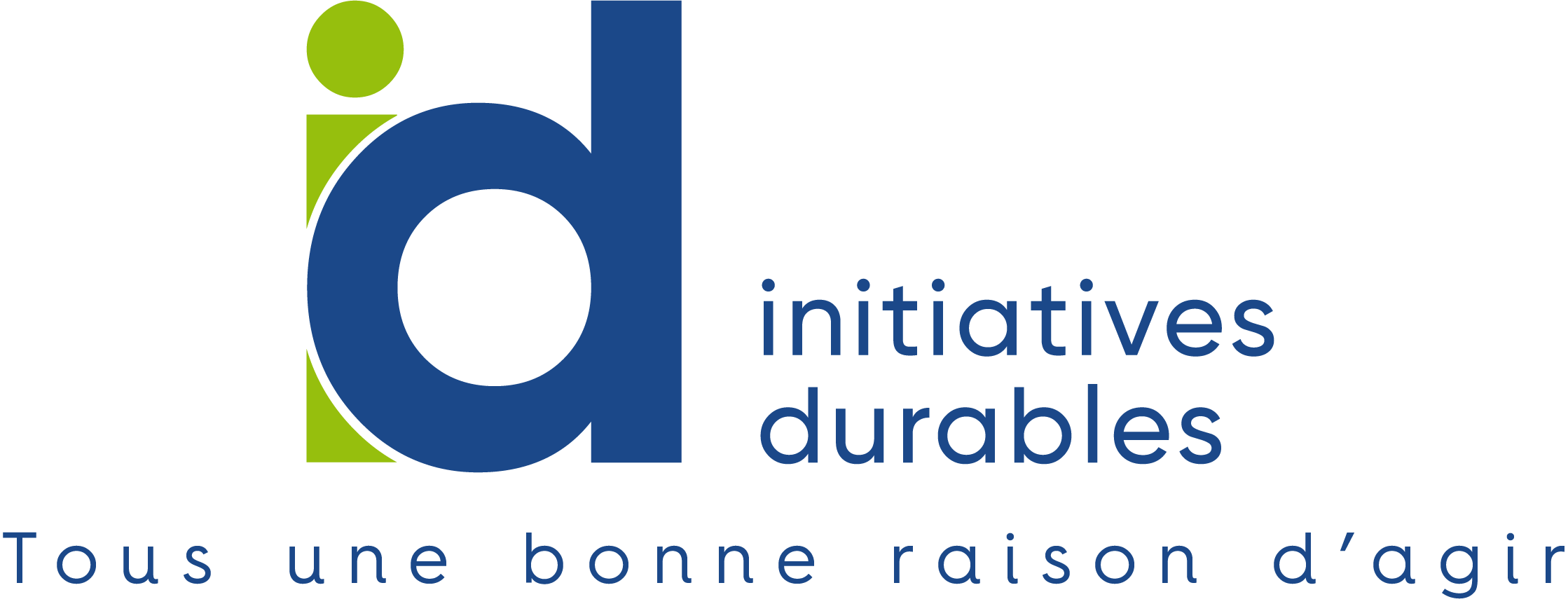Decathlon is a network of retail firms specialized in sports and leisure items; it encompasses the entire product life cycle, from research and development through retail sale, including design, aesthetics, production and logistics. The articles produced by its own labels (b'Twin, Quechua, etc.) are marketed through stores belonging to the network (e.g. Decathlon, Koodza).
More and more, Decathlon is adopting an eco-design approach that can be summarised in three steps: “Measure in order to know, know in order to act, and act in order to reduce”.




















